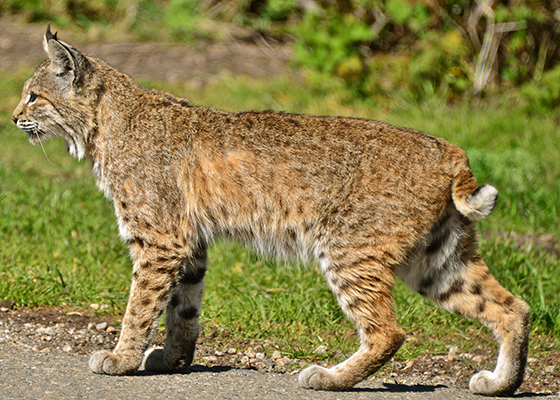
Twenty-four bobcat bones were found at Yema-po. Although cat was eaten occasionally by the 19th century Chinese in ordinary dishes, the Yema-po bones probably came from animals prepared for medicinal purposes. One clue to this interpretation is provided by an interesting recipe for stewed wildcat recorded in the 19th century:
BOBCAT STEW
"Quartering the carcass, grandfather plunged all the wildcat's parts into a large wash boiler cramed with savory herbs which Dr. Woo had specifically arranged from the section of his special Chinese Pharmacopocia entitled On How to Stew a Wildcat. Then the elders consumed several bowls...Stepmother informed us that wildcat soup was certainly the most miraculous method of dealing with an ailment she had ever seen because the four men had tossed and sweated in bed...the next morning upon awakening each found his nose bleeding furiously. Grandfather, who had guaranteed the excellence of wildcat soup as a tonic proudly proclaimed that its success was proven. All its virtues of ferocity and strength had been absorbed. Otherwise, how could one account for the tremendous increase in vigor and the bloody noses?"
from Lowe, Father and Glorious Descendant